I have the following complete weighted graph, where each weight represents the probability of a vertice belonging to the same category as the next. I know a priori the category for which some of the vertices belong to; how would I be able to classify every other vertice?
In a more detailed manner I can describe the problem as following; From all the vertices N and clusters C, we have a set where we know for sure the specific cluster which a node belongs: P(v_n|C_n)=1. From the graph given we also know for each node, the probability of every other belonging to the same cluster as it: P(v_n1∩C_n2). From this, how can we estimate the cluster for every other node?
